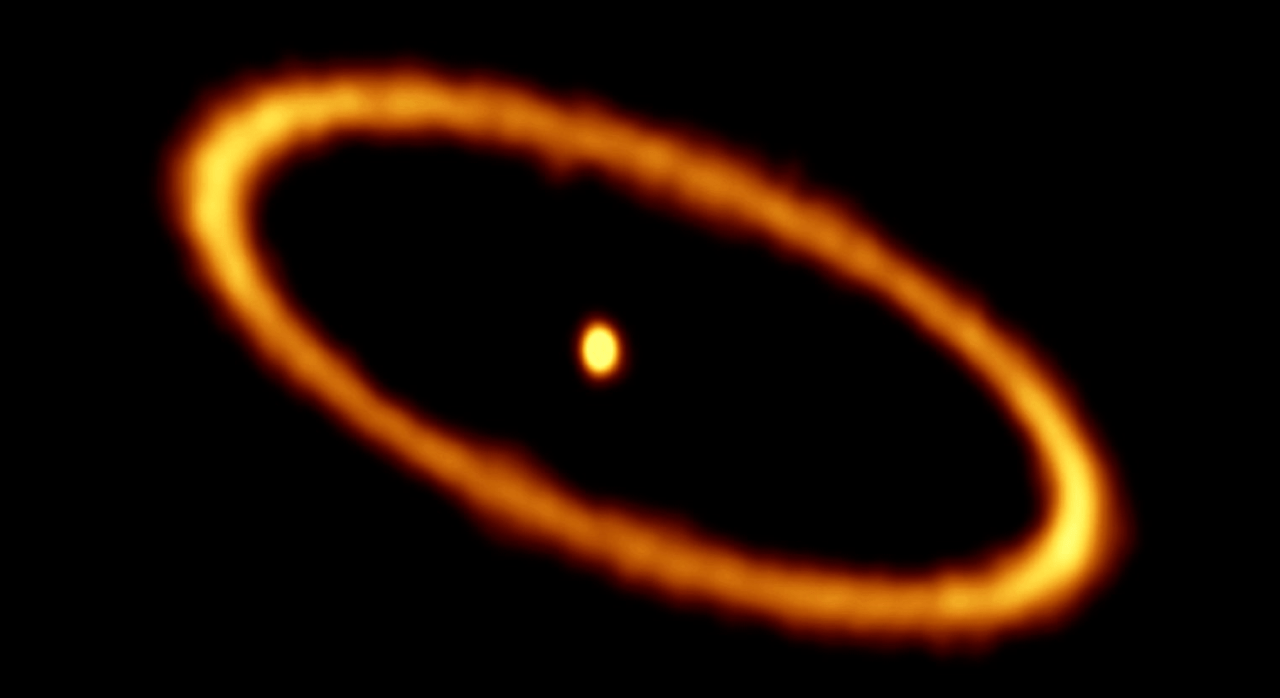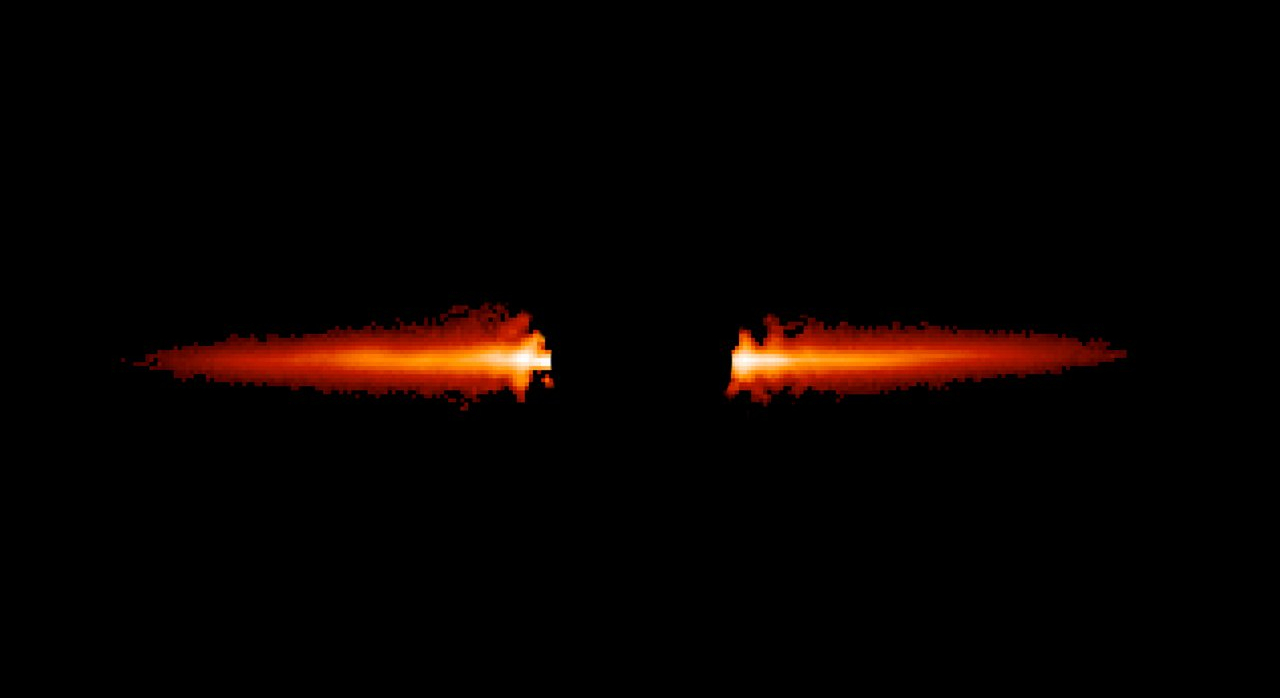
Biography
I completed my PhD in 2016 with Mark Wyatt and Grant Kennedy at the Institute of Astronomy in Cambridge, UK. I then worked outside of academia, as an officer in the Royal Navy and also as the lead mathematician at a software firm. In December 2019 I returned to academia, joining the Friedrich Schiller Universität in Jena, Germany. In November 2023 I moved to Warwick as a Prize Fellow, and in May 2024 I paused this to undertake a Stephen Hawking Fellowship.
Outside of work I love pretty much any outdoor activity, as well as travel and history. I am also a die-hard Nintendo fan, perhaps unsurprisingly as an astrophysicist.




